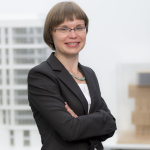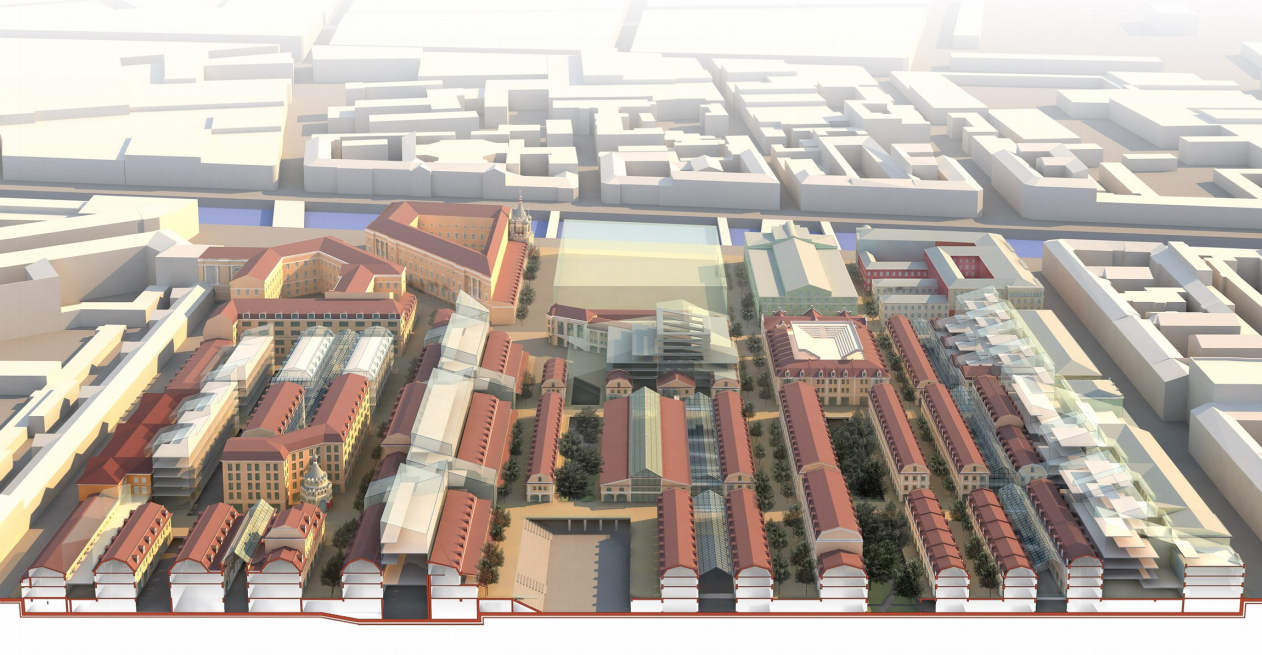По-русски The linear path of development
Contest on the reconstruction project of the famous Apraksin Dvor in St. Petersburg became one of the most famous in architectural life of 2007. Journalists readily covered opposition of the two major players of the game: Glavstroy and Russian Land development corporations. Must admit the concepts paled beside such factors and were rarely highlighted in media. While there were interesting project among them, including the one by "Studio 44". Their concept preserves the historical structure of Apraksin Dvor and enriches it with new features.

Written by:
Anna Martovitskaya

















































